Supply Chain Transparency
Downstream companies that source minerals, metals, and other commodities through ASM often are not able to trace their supply from end to end; as a result, these downstream companies face barriers to comply with the OECD Due Diligence guidance or the U.S. Dodd Frank Act reporting requirements.
The traceability issues arise from both the informality and complexity of supply chains as well as, in some contexts, the illegality of artisanal mining. In general, ASM is weakly regulated and monitored, and about 70 to 80 percent of small-scale miners are informal (IGF 2018). Artisanal miners often lack the resources and motivation to formalize their operations, due to an absence of institutional trust, regulatory infrastructure, and financial incentives (ICGLR-RINR 2015). These systemic issues prevent transparency and traceability along the supply chains.
Downstream brands and manufacturers may want to map out their supply chain but face technological, business, and regulatory obstacles. For one, the supply chains of ASM products, most notably the 3TGs conflict minerals are complex, with multiple intermediaries, consolidators, and exporters from mine to market, traversing many countries (Verité 2016). After processing, it becomes nearly impossible to trace the origin of materials since refineries tend to combine raw materials from numerous sources. For example, gold refineries melt together gold of different purity levels and sometimes containing other metals from illegal, legal, primary, recycled, and scrap sources. These refineries present a risk for downstream actors: a 2016 analysis by Verité found that 90 percent of companies that filed U.S. Dodd Frank Act conflict mineral reports with the U.S. Securities and Exchange Commission (SEC) in 2015 purchased from gold refineries with a demonstrable history of illegal gold purchases (Verité 2016).
Supply chain transparency has the potential to transform the state of the ASM industry as well as the quality of life of ASM miners. Transparency can be economically beneficial to downstream manufacturers and brands. According to the World Economic Forum, coffee with a traceable supply chain can generate 2 to 3 times the revenue of coffee with untraceable origins (WEF 2019). Better information about the entire supply chain allows actors to manage risks. It allows downstream companies to support environmental and human rights protections among miners and processors, while furnishing all industry stakeholders with an evidence base to inform strategic action.
Downstream companies that source ASM materials have both legal and corporate social responsibility motivations to improve transparency-for both due diligence and public accountability. Additional information allows companies to avoid or mitigate procurement risks. Increased pressure to reduce environmental and human health impacts can in turn improve conditions for miners. At the same time, consumers are empowered by increased transparency to make informed choices about the products they consume. In addition, supply chain transparency supports data-driven policymaking and industry formalization (and thus regulation)
Guiding questions for innovation
How can chemical tracing of minerals before metal conversion contribute to overall supply chain transparency?
How can downstream actors gather and utilize meaningful data in order to minimize the social and environmental costs of their ASM products?
How can we incentivize each actor in the ASM supply chain–miners, intermediaries, exporters, processors, and retailers–to cooperate in transparency efforts?
Can we make transformative change at the ‘bottleneck’ stages of the ASM supply chain, such as refineries?
How can supply chain transparency be used to benefit ASM miners (i.e. through downstream price information)?
How can we empower consumers to become active participants demanding improvements in the ASM supply chain?
Need some inspiration?
We realize that it isn’t always obvious to innovators outside of their fields to see the application of their technology in ASM. We’ve identified some technologies where we see ASM use-cases for existing technologies. These are suggestions and do not indicate any preference of the Challenge administrators or judges; nor is this list meant to be exhaustive. These suggestions are provided to give innovators some ideas on where there might be application for these techniques.Ideally applicants read this list, become inspired, and come up with their own ideas on how to apply their innovations to solve the ASM problems described above.
Before products are converted from mineral to metal forms, elements can be traced with"geochemical fingerprinting," but this process does not yet allow traceability afters melting (Young, Fernandes, and Wood 2019).
A number of companies are applying blockchain technology for responsible supply chains in other sectors and in mining (see IISD 2019).
What can be adapted from the efforts to make food and fiber supply chains transparent and environmentally sustainable
